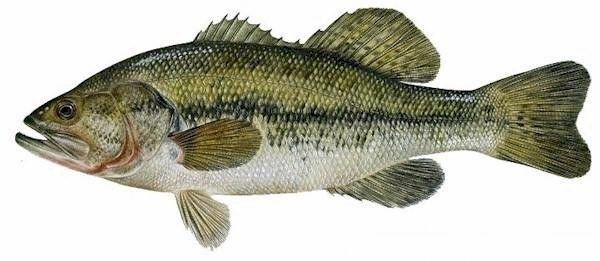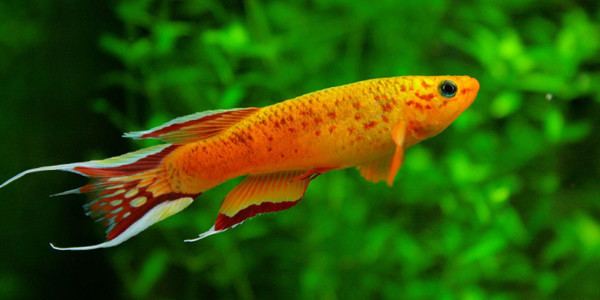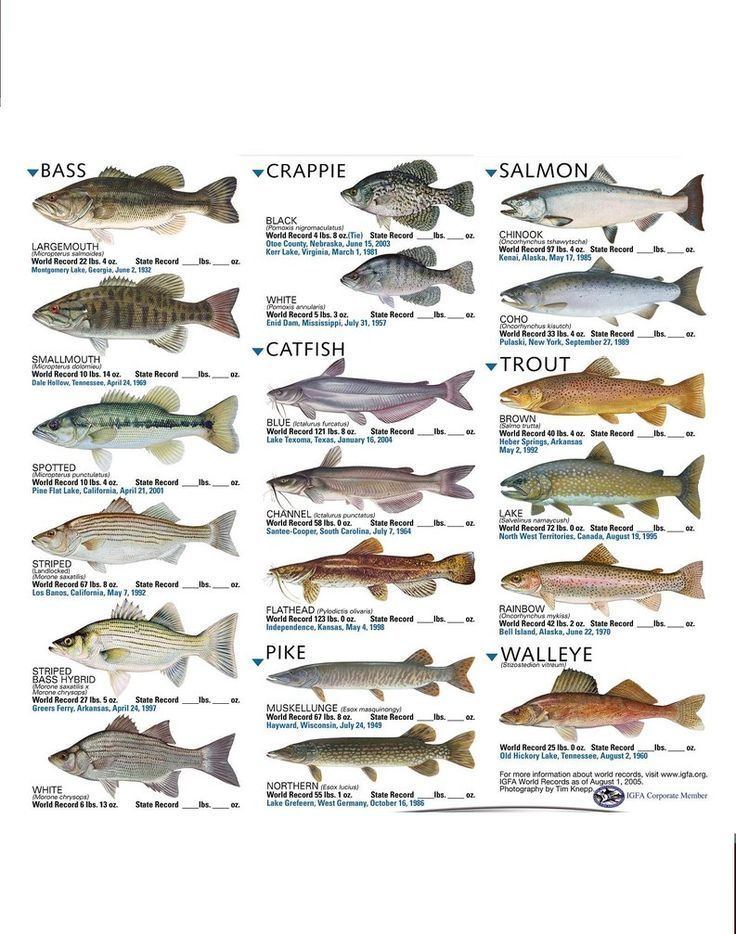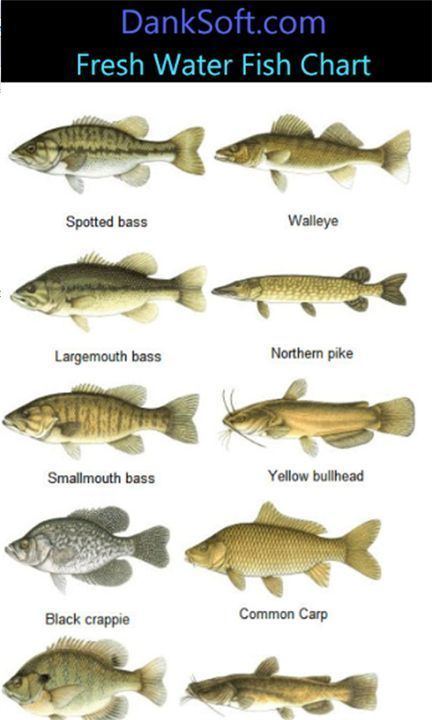 | ||
Clutch size American eel: 500,000 – 4,000,000 Length European eel: 60 – 80 cm, American eel: 50 cm, Short-finned eel: 90 cm Mass European eel: 3.6 kg, Beluga: 1,100 kg Representative species Tench, European eel, Beluga, Sterlet, European sea sturgeon | ||
The top 10 best looking freshwater fish
Freshwater fish are those that spend some or all of their lives in fresh water, such as rivers and lakes, with a salinity of less than 0.05%. These environments differ from marine conditions in many ways, the most obvious being the difference in levels of salinity. To survive fresh water, the fish need a range of physiological adaptations.
Contents
- The top 10 best looking freshwater fish
- Top 10 aggressive freshwater fish for aquarium
- Physiology
- Migrating fish
- Classification
- Coldwater
- Warmwater
- Coolwater
- North America
- References

41.24% of all known species of fish are found in fresh water. This is primarily due to the rapid speciation that the scattered habitats make possible. When dealing with ponds and lakes, one might use the same basic models of speciation as when studying island biogeography.

Top 10 aggressive freshwater fish for aquarium
Physiology

Freshwater fish differ physiologically from salt water fish in several respects. Their gills must be able to diffuse dissolved gasses while keeping the salts in the body fluids inside. Their scales reduce water diffusion through the skin: freshwater fish that have lost too many scales will die. They also have well developed kidneys to reclaim salts from body fluids before excretion.
Migrating fish

Many species of fish do reproduce in freshwater, but spend most of their adult lives in the sea. These are known as anadromous fish, and include, for instance, salmon, trout and three-spined stickleback. Some other kinds of fish are, on the contrary, born in salt water, but live most of or parts of their adult lives in fresh water; for instance the eels. These are known as catadromous fish.

Species migrating between marine and fresh waters need adaptations for both environments; when in salt water they need to keep the bodily salt concentration on a level lower than the surroundings, and vice versa. Many species solve this problem by associating different habitats with different stages of life. Both eels, anadromous salmoniform fish and the sea lamprey have different tolerances in salinity in different stages of their lives.
Classification

Freshwater fish species are usually classified by the water temperature in which they survive. The water temperature affects the amount of oxygen available as cold water contains more oxygen than warm water.
Coldwater
Coldwater fish species survive in the coldest temperatures, preferring a water temperature of 50 °F (10 °C) to 60 °F (16 °C) degrees. In North America, air temperatures that result in sufficiently cold water temperatures are found in the northern United States, Canada, and in the southern United States at high elevation. Common coldwater fish include brook trout, rainbow trout, and brown trout.
Warmwater
Warmwater fish species can survive in a wide range of conditions, preferring a water temperature around 80 °F (27 °C). Warmwater fish can survive cold winter temperatures in northern climates, but thrive in warmer water. Common warmwater fish include largemouth bass, bluegill, catfish, and crappies.
Coolwater
Coolwater fish species prefer water temperature between the coldwater and warmwater species, around 60 °F (16 °C) to 80 °F (27 °C). They are found throughout North America except for the southern portions of the United States. Common coolwater species include muskellunge, northern pike, walleye, and yellow perch
North America
About four in ten North American freshwater fish are endangered, according to a pan-North American study, the main cause being human pollution. The number of fish species and subspecies to become endangered has risen from 40 to 61, since 1989.
